Anyway, rewind six months, or so.
Screenplay Update Part II ended with my sending Book 4's screenplay to J, my producer. We spoke on the phone soon afterwards and she told me she was thrilled with it. Writing the screenplay for Book 4 the correct way had been so much easier than the totally ass-backwards way I wrote the first one for Books 1-3, and the difference between the two was night and day. The first screenplay was way too long, weighed down by too much dialogue, and required one to mentally wade through it. In a word, it was laborious crap. I said as much to J on the phone. "How about I scrap the first screenplay," I suggested, "and write a new one from scratch, the correct way this time?" J agreed with gusto.
I set to work writing out the scenes on index cards, laying them out on the dining room table, and placing them in order. Then I put them into the screenwriting program, added descriptions and action, and finally plugged in the dialogue. The initial screenplay was around 179 pages long. This new version was around 80 pages!! - way less dialogue, way shorter action descriptions - way less everything. Quite liberating.
I then had to join the two screenplays together. It was a little tricky figuring out how to transition one into the other because Book 4 takes place in a different season than Book 3 does, but I managed to come up with something that worked. After much editing, paring and cutting down some more, the combined screenplay came out to around 120 pages in length. At roughly one minute per page, that would make the movie two hours long, and J wanted no more than 110 pages. It's always hard trimming one's own work but over time and guided by J, I'm really learning to identify and cut out extraneous and unnecessary action and dialogue that doesn't serve to move the action along. I cut some more and sent it to J.
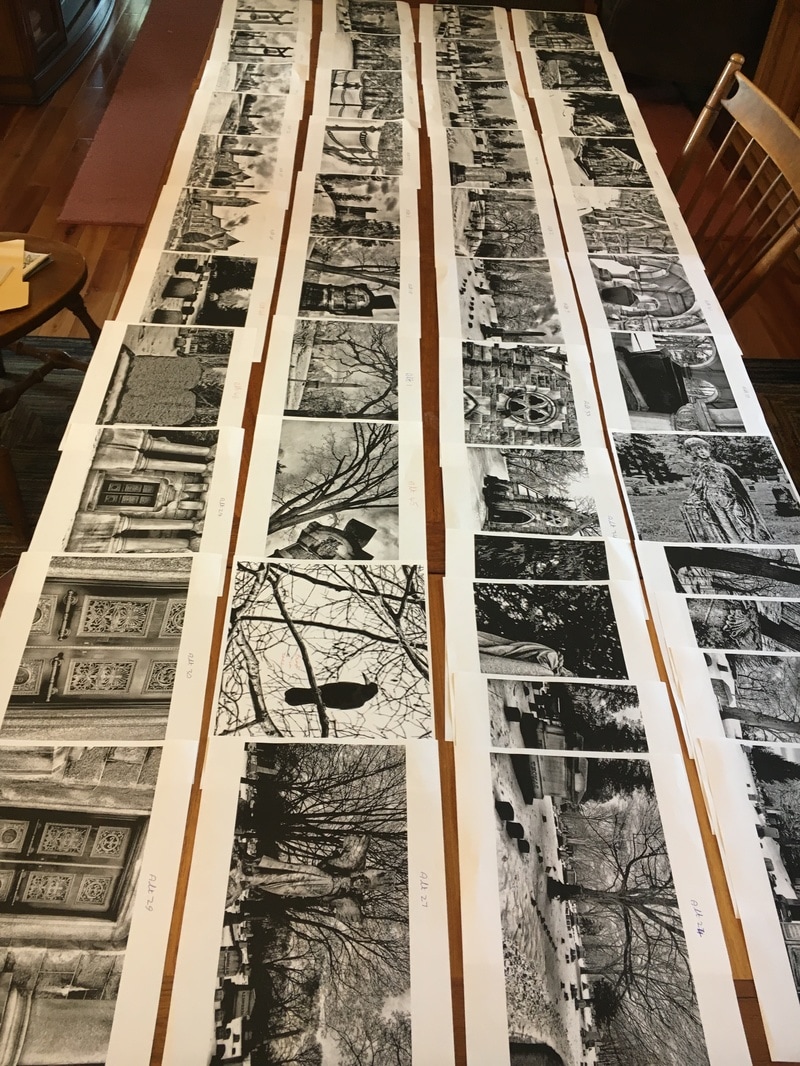
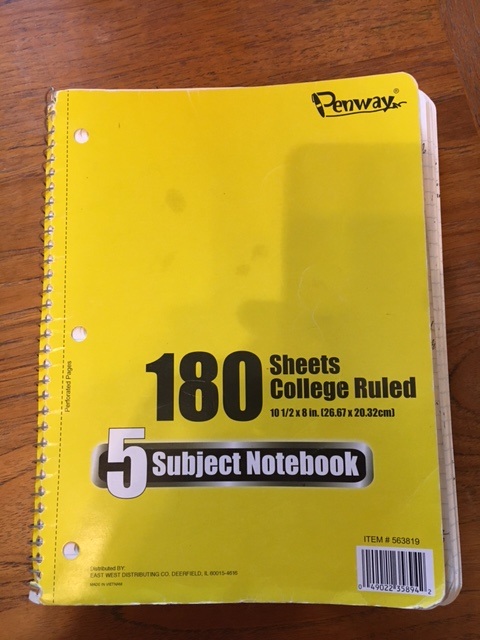
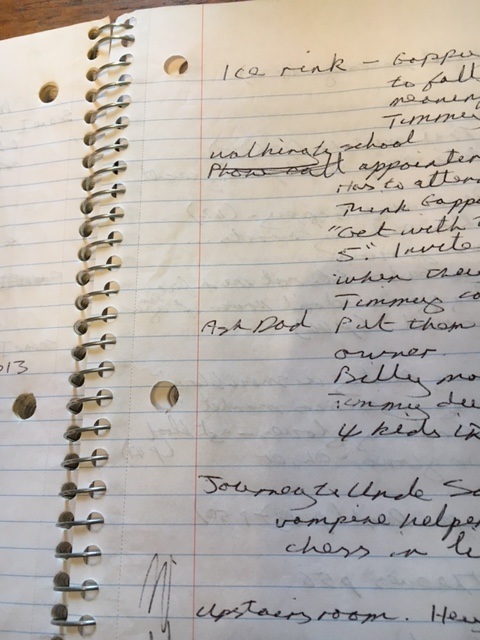
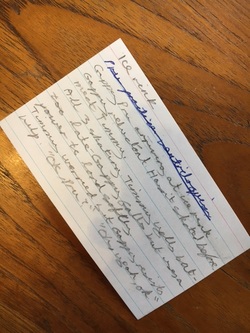
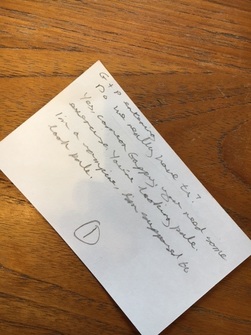
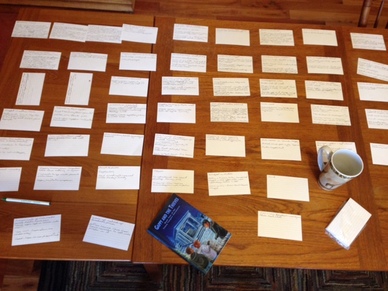
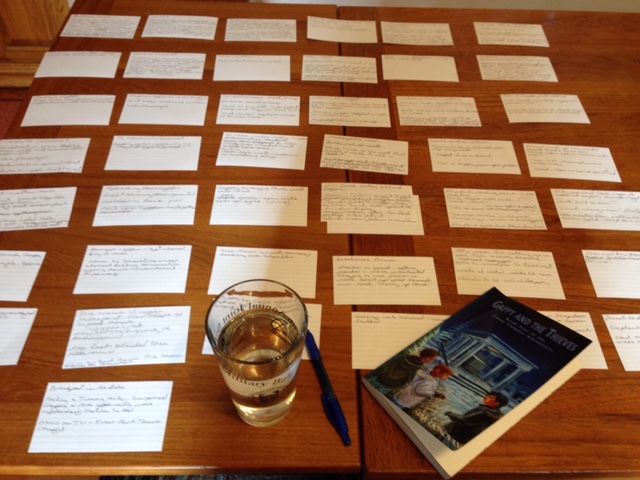
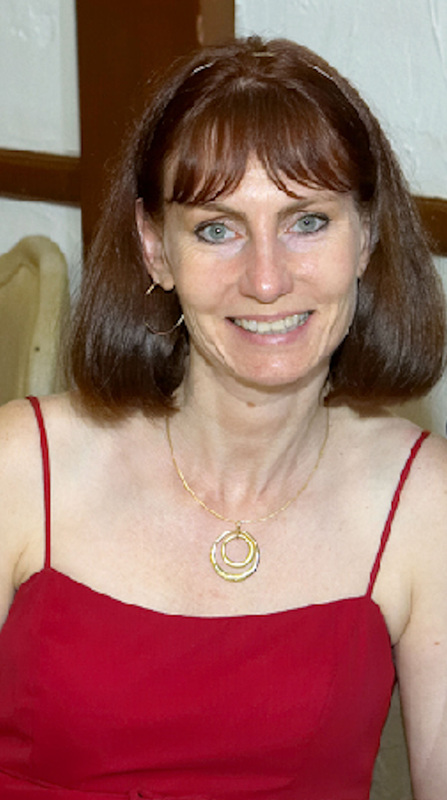
 RSS Feed
RSS Feed